Published Alex Hodgson on December 3, 2020
I know this will come as a shock to you, but GC-VUV works really well for analyzing hydrocarbons. Carbon range doesn’t seem to matter either: we have methods for both gasoline and jet fuel with a diesel method on the way. So when we were asked if we could analyze recycled plastics feedstocks, we decided to try it out. The results did not disappoint!
Let’s acquire some data!
The sample preparation is easy enough – though the fact that we need some sample prep is a big step up from our normal hydrocarbon methods. We first dissolve 100-500 µL or mg (depending on whether the sample is an oil or a wax) of sample in 5 mL carbon disulfide. We then run it through a 0.45µm filter and evaporate down to 0.5-1 mL.
Currently, we inject in a hot split inlet (325°C, split 10-100:1) onto a high-temperature non-polar column. Because these samples are so heavy, we’ll eventually try injecting on a PTV to see if it helps get the heavier compounds on column more easily. Since the oven ramps to 400°C, we use the VGA-101 at 425°C because we always want our VGA to be hotter than our maximum oven temperature.
What can our data tell us?
Figure 1 shows the chromatogram from a pyrolysis oil. From samples run thus far, the oils don’t typically exceed C40-45, whereas the waxes can exceed C65. Again, because we’re using a split inlet for sample injection, we’re likely not getting many heavier compounds on the column well.
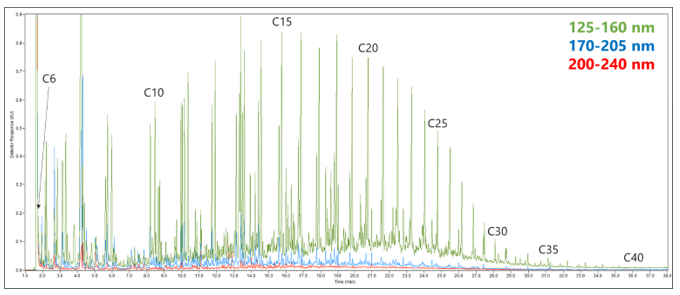
Figure 1. The chromatograms for recycled plastics samples have more defined peaks than diesels and sometimes even distinct patterns, such as a linear alpha olefin eluting before every n-alkane.
Unlike the hump-o-grams we see in middle distillate samples, these chromatograms have much more defined peaks. This allows us to more easily and confidently identify olefins, which we can’t really do with jet and diesel fuels. This is key because recycled plastics samples seem to have a significant portion of olefins.
Since we’re just looking to do a high-level compositional analysis, the quantitative results are straightforward. Table 1 contains the results for the chromatogram in Figure 1; olefins and aromatics will likely be the two most relevant data points for people. However, I’m sure as we learn more about these types of samples, we can extract more details out of the data. For instance, when analyzing the sample in Figure 1, the dienes (at least in the gasoline range) could be extracted from the total olefins. We could even pull out the conjugated dienes by carbon number (Table 2)!
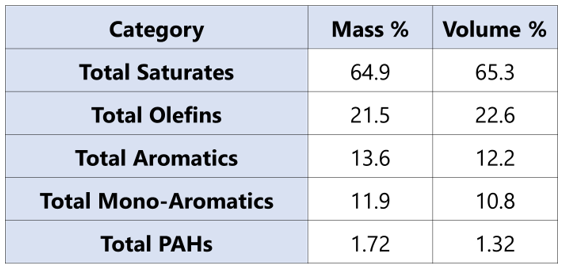
Table 1. Because we’re still early in the method development process, we’re only doing a basic quantitative analysis. Once we better understand the application, we’ll investigate a more extensive analysis.
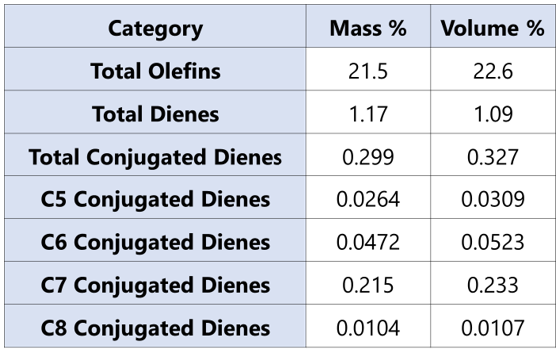
Table 2. An example of more detailed results that can be extracted from our spectral data.
What classes or individual compounds are you most interested in for your recycled plastics analysis? Let us know in the comments.


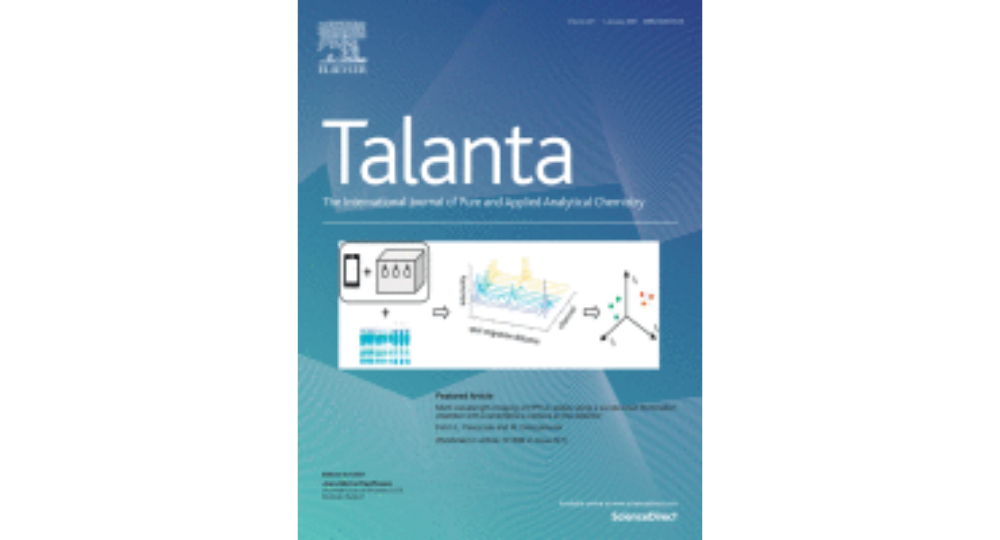
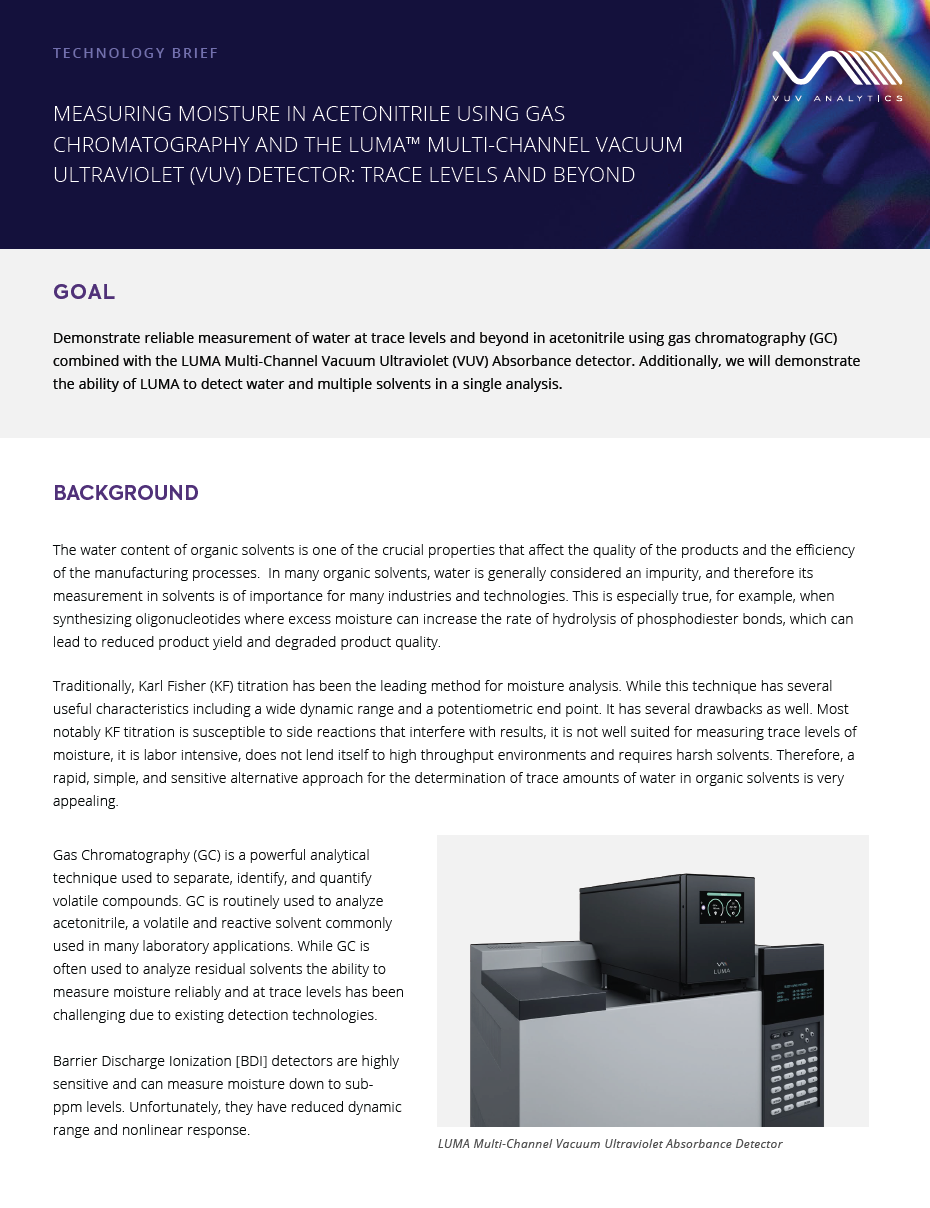
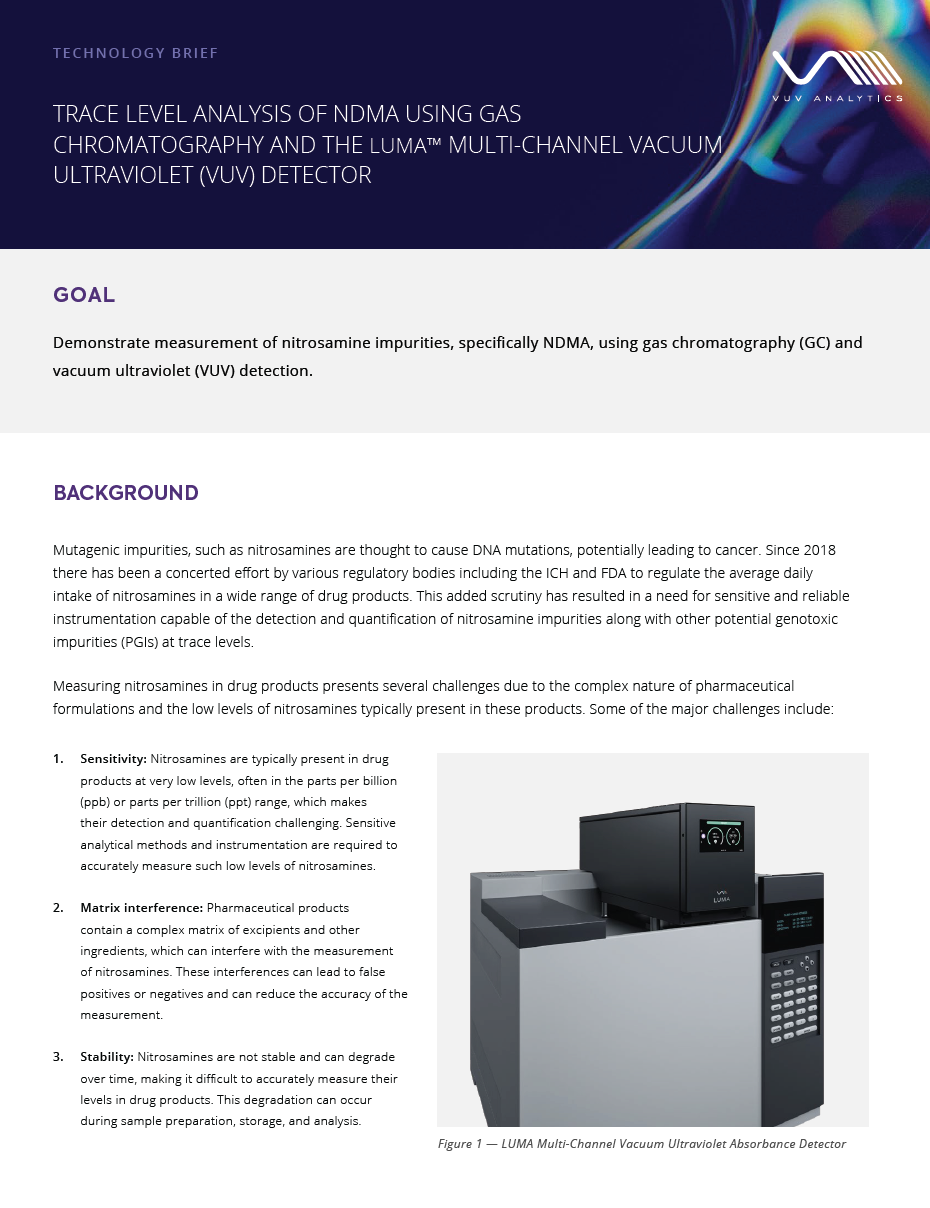





Leave a Reply